Wool clothing is in nearly every closet. Throughout history, people have sheared sheep for their wool. It’s used to create a veriety of fabrics and produce clothing, blankets, and other textiles. Humans have been using wool since the early days of agriculture, but how exactly did we figure out how to do this? The history of wool is closely tied to our rise as a species, and you could even say that the remarkable qualities of wool clothing facilitated the survival of the human race.
Though wool has dropped in popularity today, wool’s long history dates back before recorded history, some 8,000 years ago. Sheep have provided wool to clothe people worldwide and continue to do so to this very day!
In this article, we’ll briefly explore the history of wool, from prehistory to today.
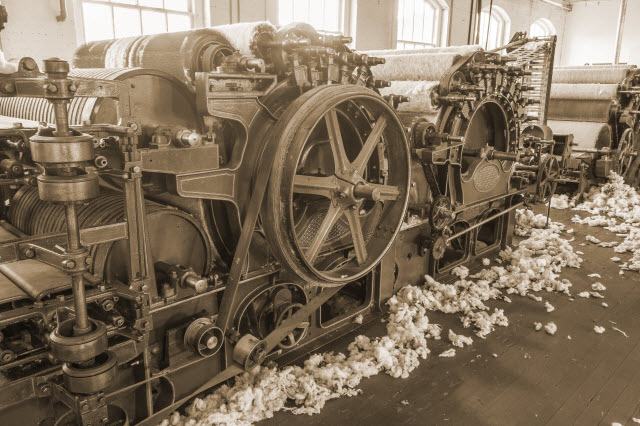
We’ll cover how we began herding sheep to cultivate their wool, and the process of shearing, skirting, and processing it into clothing.
Ancient History
The first recorded sheep lived in Northern Europe. Today’s sheep look different than their ancestors of ancient history. Archaeological evidence shows ancient sheep were hairier, without the wooly fleece covering we see now.
The original indigenous peoples used these sheep for many reasons, including food and wool. Early peoples made primitive clothing, which set the foundation for later developments.
Learning to Spin and Weave
Eventually, humans learned how to spin and weave the material into thread to make clothing. People originally did that by hand by pulling and twisting the fibers before inventing the basic spindle. Spindles simplified and quickened the process by taking a lot of the legwork out. In fact, this is still a common method for spinning yarn today.
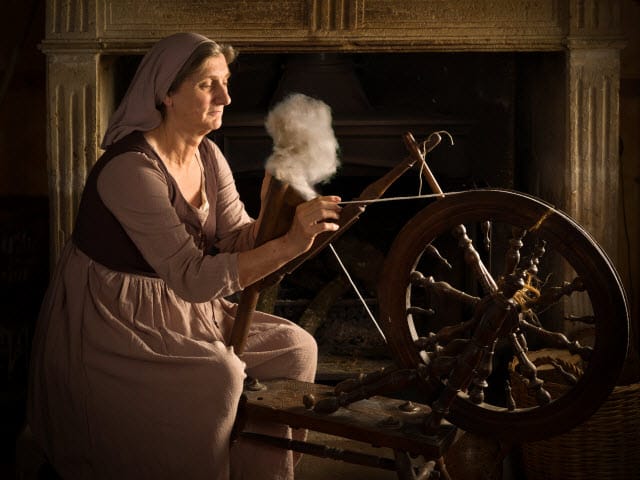
Ancient sheep were domesticated around 6,000 BC, then selectively bred to produce a diverse variety of breeds which grew the finest and warmest wool coats.
Over time, this caused wooly sheep to become prominent. By around 300 to 400 BC, wool garments resembled what we’re familiar with today.
The First Shears
Originally, wool was retrieved from the sheep’s hide after it was killed for its meat or other purposes. Early people eventually realized killing the sheep wasn’t necessary to get its wool. They began pulling it off of the sheep by hand or using bronze combs.
With the beginning of the Iron Age, iron tools and weapons were widespread. This brought with it the first iron shears.
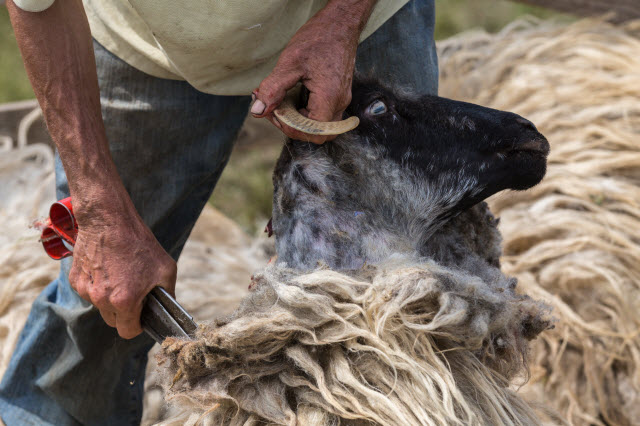
Shears made getting wool off the sheep less difficult and faster to do. Because of this change, the wool industry began to flourish and spread.
The Spread of Wool
Wool became more popular as getting wool has become easier to get. People used wool for its warmth, especially in the northern regions of Europe. The Roman Empire increased wool’s spread where it was worn by people of all class levels. Royalty, commoners, and slaves alike wore wool for its unique properties. Its versatility put it into any garment that was needed.
Sheep mobility also increased the demand for wool. It’s easy to move sheep herds from place to place, making it simple to move them to various parts of the world.
Sheep don’t require much maintenance or labor, which made herding into a desirable profession.
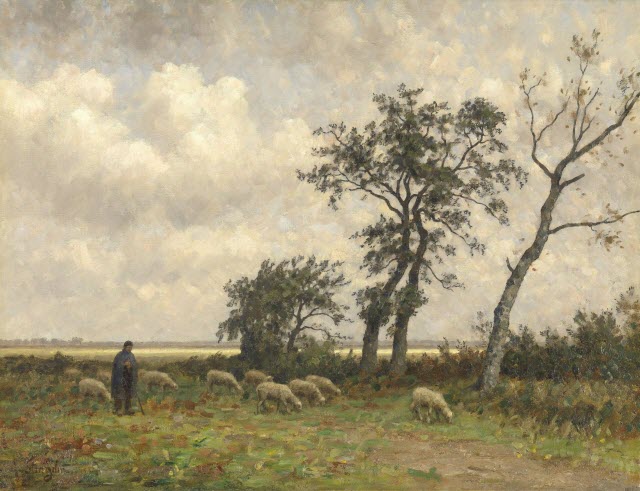
Wool became a lucrative industry because of the many people worldwide seeking it out. Many business deals were conducted in wool. Wool trading became a popular import and export of the age. That also made wool a household commodity in many areas, and it continued to increase in demand.
Medieval Wool
The increasing trends of wool’s popularity increased global trading. Wool expansion continued for centuries without much change. It remained one of the most desired textiles in all of Europe and continued to spread to neighboring countries. As technology around the sheep industry grew, so did the need for more sheep and wool.
Wool was, in fact, so popular that multiple countries in Europe forbid exporting wool at different points throughout history. It was so important for their own country’s economy that it could not be sold or traded anywhere else. This was so staunchly enforced, it was punishable by death.
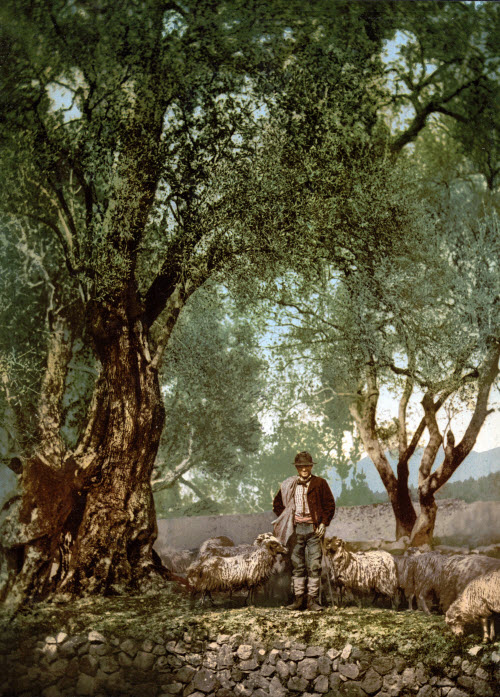
Sheep herding was a booming success in medieval England and a highly sought after career. Demand for wool was monstrous. Because of this, many governments placed a heavy tax on wool imports and exports to support their own agendas. This funded military ventures and expansion efforts.
However, taxes took the momentum from the wool industry. Other (cheaper) textiles became more widely used. Sheep owners figured out how to use wool to create a similar fabric, which raised the need for wool again.
Bringing Wool to Other Parts of the World
In the 1700s, European tradesmen began to take their sheep and wool products to other parts of the world. It was around this time that sheep’s wool made it to both South Africa and Australia.
In fact, the wool industry was so lucrative during this period wool import and export taxes funded Christopher Columbus’ journey to the Americas. Columbus even brought sheep with him on his multiple journeys, and introduced them to this new land.
After the foundation of the British colonies, the colonies were forbidden to have sheep and to farm with them. This did not stop a few from sneaking over anyway, which eventually turned into large flocks. This is where the wool production in America began.
Wool Today
Wool has recently seen a decline in popularity due to the introduction of synthetic fibers. These fibers are cheaper and can be made without having to shear a sheep. Traditional wool also does not do well in washing machines or dryers. People have strayed from it for modern conveniences.
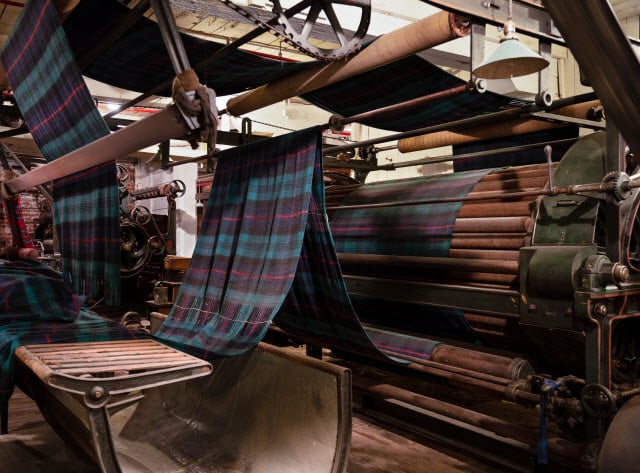
Superwash wool hit the scene in the 1970’s as an alternative to traditional wool. This wool could be placed in washing machines and dryers without shrinking or getting damaged. It’s created by covering the wool fibers in a protective substance. This caused wool’s popularity to surge among the current population.
Sheep to this day are still a very versatile animal. They provide many things for humans, like meat to be eaten and wool for fabrics. While it may not be the most used textile in clothing today, it is still a massively successful market, and for sheep farmers around the world it is one of the most satisfying fibers to produce and use.

